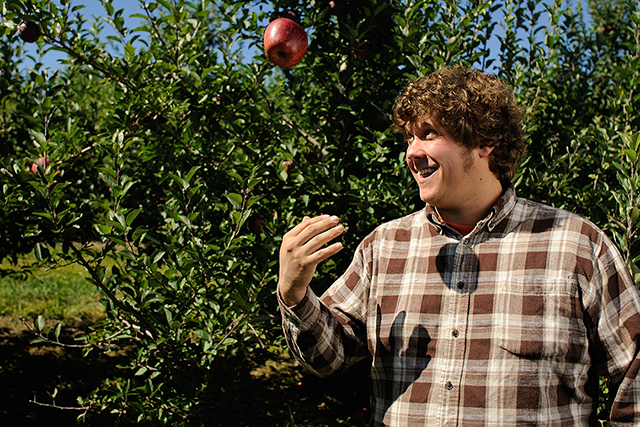
The joke of building a business plan for most craft beverage facilities is that the plan is about as good as the day you write it. After that, you have to start over with a new plan.
With the emergence of craft cider and the growth that many have seen, what was planned when opening may not line up with what is actually happening.
For the most part, it seems to be because cideries are undershooting yearly goals.
“Tasting room sales have been growing, exceeding our expectations,” said Spoke & Spy Ciderworks‘ Ronald Sansone.
Adding kegs to the portfolio and starting self distribution has also brought more sales and volume into the picture for the Middletown, Connecticut cidery.
“We haven’t been open a year yet,” Sansone pointed out, “so the future leaves a lot of room for growth and expansion.”
As a self-funded business, Jefferson County Ciderworks‘ Katie Greenfield believes the vision of growth was much larger and impractical for a young company.
“As we grow now, the expectations and also pathways there are much more logical and clear, but the strategy is also there, so there are the larger opportunities for growth that weren’t practical earlier on,” she said about the Fairfield, Iowa cidery. “We haven’t felt a need to be competitive so to speak, we had a vision for our company and product and we have stuck to this, even when others in our market challenge that.”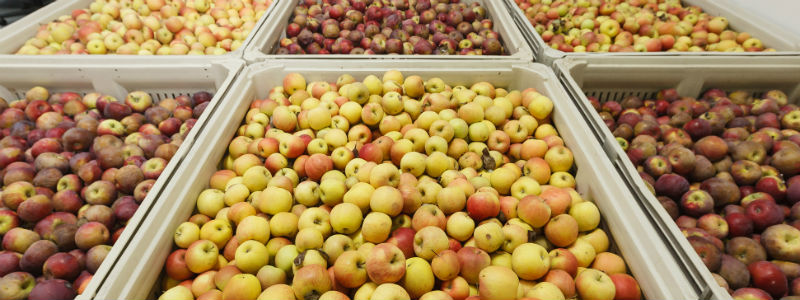
Ploughman Cider, in South Central Pennsylvania, never aspires to outgrow its regional base.
“We’re kind of staying true to that vision and trying to identify opportunities to expand retail rather than to grow to supply wholesale demand for our products,” explained owner Ben Wenk. “Just trying to stay small, strategic, and agile with the wholesale part of our business and talking about taprooms a little more going forward.”
Cider, across the spectrum of alcoholic drinks, is still less than 1% of beer, Wenk noted.
“Of that one percent, 80% of the market share is being occupied by large companies that make cider in ways far different from our own,” he added. “We’re talking about a fraction of a fraction — a rounding error in the drinking public at large.”
So Wenk tries to gain insights into which regional markets have an affinity for cider to begin with, then he looks to ascertain which accounts in those regions attract a clientele who value a connection to local agriculture and understand the value in what Ploughman is trying to do: orchard-based, long fermentation/maturation periods, and full juice ciders.
“[It’s] very needle-in-a-haystack, but it’s the only thing we can control ourselves,” he said, adding he leans on United States Association of Cider Makers (USACM) and its Nielsen data to do planning and research.
Civil War Cider doubled capacity each year for its first three years, and Rob Antanitis said the cidery has been able to optimize production for the next two years.
“As we have hit a nice flow in our brewhouse, we are looking to add another two retail locations and dial back our wholesale distribution,” he added.
Jon Sicotte is Editor at Brewer Magazine. You can reach him at [email protected].


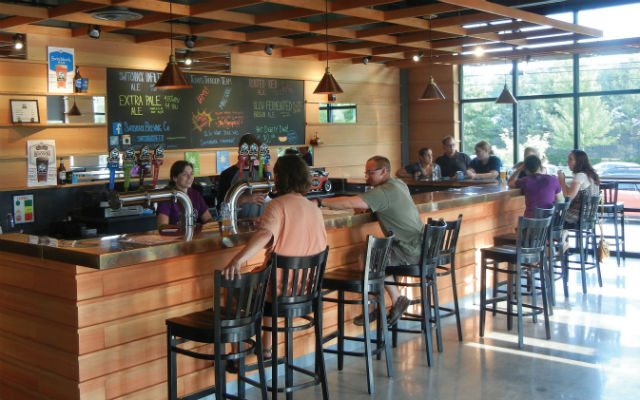
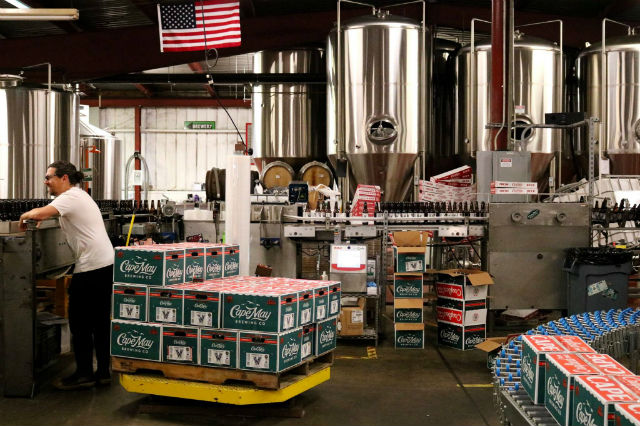
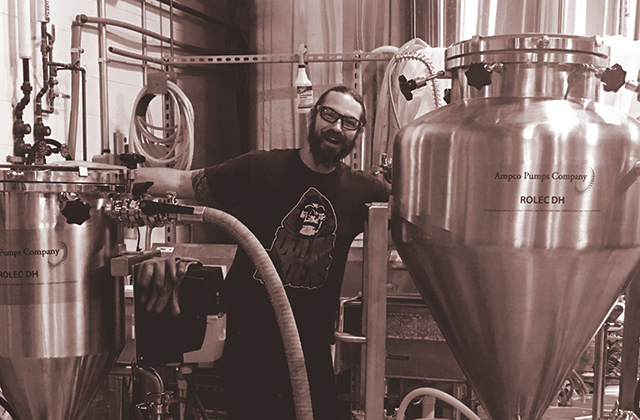
2 Trackbacks / Pingbacks